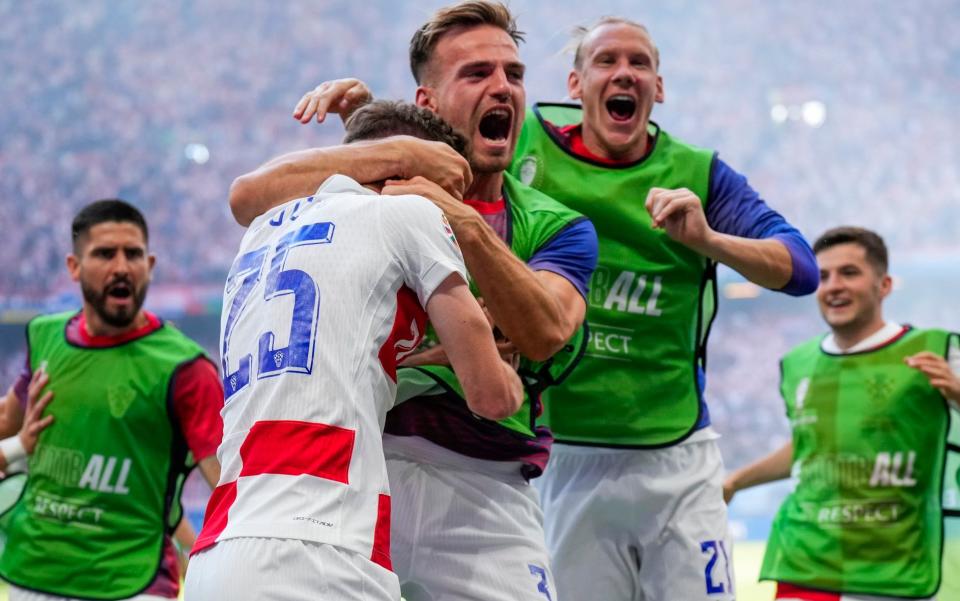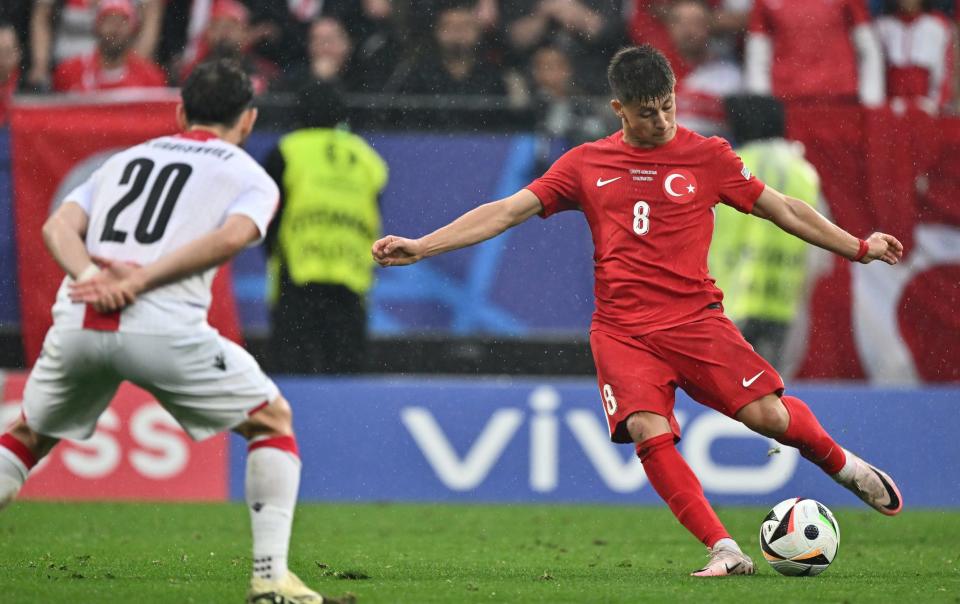How chaos, long shots and goal rush are lighting up a throwback Euro 2024

Andros Townsend spoke for many while commentating on the dramatic finale to Croatia’s thrilling match against Albania when he uttered the words “oh no” as the final whistle blew.
What had long looked like a shock Albania win would oscillate in the final 20 minutes through all three possible results before finally settling on a 2-2 draw. The only complaint was that a fixture which would hardly have had the purists clearing their diaries was over.
It has been a familiar reaction through a group phase that has not just thrown up plenty of goals but a certain swashbuckling style of football, particularly among some of the more unfancied nations.
Instinctive, dangerous, error-prone but highly entertaining; it has been the international equivalent of what Jurgen Klopp once called ‘heavy metal’ football at a time when he was determined to avoid the ‘silent movie’ that he associated with Arsene Wenger’s Arsenal. At its best, Klopp clearly felt that a certain chaos could triumph over efficient order.

Tournament trends will take rather longer to crystallise but potential theories are emerging. One is that Euro 2024 is tangibly benefiting from the expansion that includes nations like Albania, as well as Georgia, Turkey, the Czech Republic, Ukraine and Romania, who have all contributed to captivating matches despite a relatively low concentration of stars from the big five leagues.
There might be week in, week out clinical brilliance in those competitions but, away from all the data that supports a sort of Pep-lite search for the perfect goal, there is something still to be said for playing with rather more instinct.
Memories can be deceptively rose-tinted but it does at least all still feel like something of a throwback.
Spectacular efforts offer antidote to data-first approach
So what do the numbers actually tell us so far? Up until the start of Scotland’s match against Switzerland on Wednesday night, there was actually little evidence of any great flurry of late goals. A tally of just over 15 per cent of total goals coming in the last 10 minutes of a match was broadly in line with past tournaments and actually lower than four out of the last five European Championships.
An average of 2.8 goals per game, however, is unusually high and, while almost identical to Euro 2020, ahead of any other European Championship since 1976, when the tournament consisted only of four teams.
The biggest outlier of all, however, is in where the goals are being scored from. Almost 30 per cent have so far come from outside the penalty area, which is about double the usual ratio and again easily the most since it was only a four-team tournament. It is another trend which feels like two fingers up to the xG spreadsheets which have long suggested that the long range effort is a sub-optimal choice.
We can of course expect some fluctuations, and probably a tightening of belts, once the knockout games begin. But there is still most of the group phase to play and, rather than over-think the explanations, it is perhaps best simply to sit back and enjoy some old-school entertainment.

 Yahoo Sport
Yahoo Sport 






































